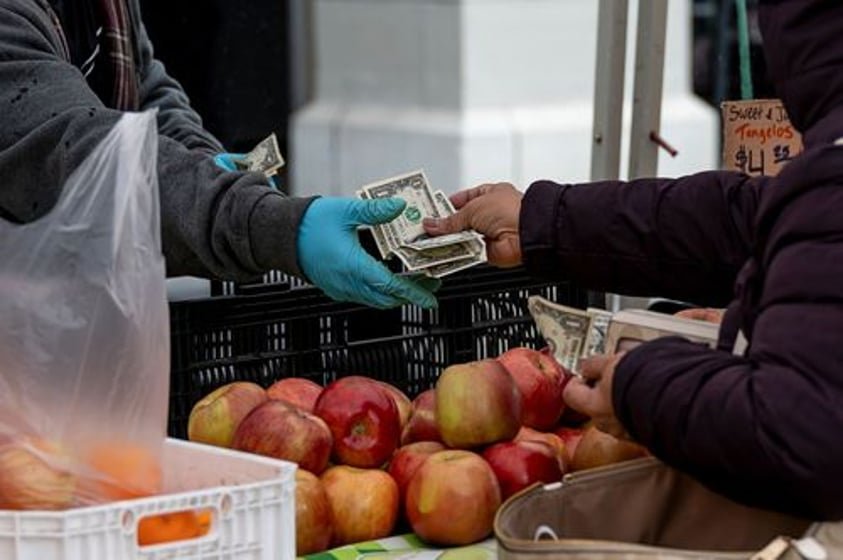As new tariffs loom over the U.S. economy, many Americans are adjusting their spending habits in anticipation of rising prices. Trade policies have long influenced the cost of goods, but the latest wave of tariffs has consumers and businesses bracing for economic shifts. From grocery bills to electronics, the impact is being felt across multiple industries, prompting consumers to cut back on discretionary spending.
In this article, we explore why Americans are spending less, which industries are most affected, and how the broader economy could be impacted.
Why Are Americans Spending Less?
1. Rising Prices Due to Tariffs
Tariffs are taxes on imported goods, and when these taxes increase, companies often pass the additional costs to consumers. As a result, everyday products—ranging from clothing to household items—become more expensive.
2. Economic Uncertainty
Consumers tend to be cautious with their money during periods of economic instability. With concerns about inflation, job security, and interest rates, many households are prioritizing essentials over luxury or non-essential purchases.
3. Declining Consumer Confidence
According to recent consumer confidence reports, many Americans are worried about their financial future. When confidence drops, people tend to save more and spend less, further slowing economic growth.
Industries Most Affected by Reduced Spending
Retail and E-Commerce
Retailers, both brick-and-mortar and online, are experiencing a shift in consumer behavior. Many shoppers are opting for discount stores, generic brands, or delaying purchases altogether. Luxury retailers, in particular, are seeing a decline in sales as discretionary income shrinks.
Automotive Industry
With potential tariffs on auto parts, car manufacturers are facing increased production costs. This has led to higher prices for new vehicles, prompting consumers to either delay purchases or opt for used cars.
Technology and Electronics
Many electronic components are sourced internationally. Tariffs on these materials lead to increased costs for smartphones, laptops, and household appliances, discouraging consumers from upgrading their devices as frequently as before.
Food and Agriculture
Imported food products and ingredients are also subject to higher tariffs, causing grocery prices to rise. Families are adjusting by seeking budget-friendly options and cutting back on dining out.
How Are Businesses Responding?

Adjusting Supply Chains
Many companies are looking for alternative suppliers in countries not affected by the tariffs. While this shift may take time, businesses hope to mitigate cost increases and maintain affordability for consumers.
Offering Discounts and Promotions
To encourage spending, retailers are rolling out aggressive sales, loyalty programs, and exclusive discounts. However, these strategies may not fully offset the impact of rising production costs.
Workforce and Budget Adjustments
Some companies are slowing hiring, freezing wages, or cutting costs in other areas to manage expenses. Unfortunately, these measures can also contribute to economic slowdown as workers tighten their own budgets.
The Broader Economic Impact
Slower Economic Growth
When consumers spend less, businesses earn less revenue, leading to reduced investments in expansion and hiring. This cyclical effect can slow down overall economic growth.
Stock Market Volatility
Investor confidence is influenced by consumer spending trends. If spending continues to decline, stock markets could experience increased volatility, affecting retirement savings and investment portfolios.
Potential Government Interventions
To counteract the negative effects of tariffs, policymakers may introduce tax cuts, stimulus checks, or adjustments to trade agreements. However, these solutions take time to implement and may not immediately ease consumer concerns.
Conclusion: What’s Next for U.S. Consumers?
As Americans brace for new tariffs, their spending habits are shifting to adapt to rising costs and economic uncertainty. While some industries may see temporary slowdowns, the long-term impact will depend on how businesses, consumers, and policymakers respond to these challenges.
For now, financial experts recommend consumers stay informed, budget wisely, and seek cost-saving alternatives to navigate this period of economic change.
Also Read – Inflation in the USA 2025: Economic Outlook and Predictions






